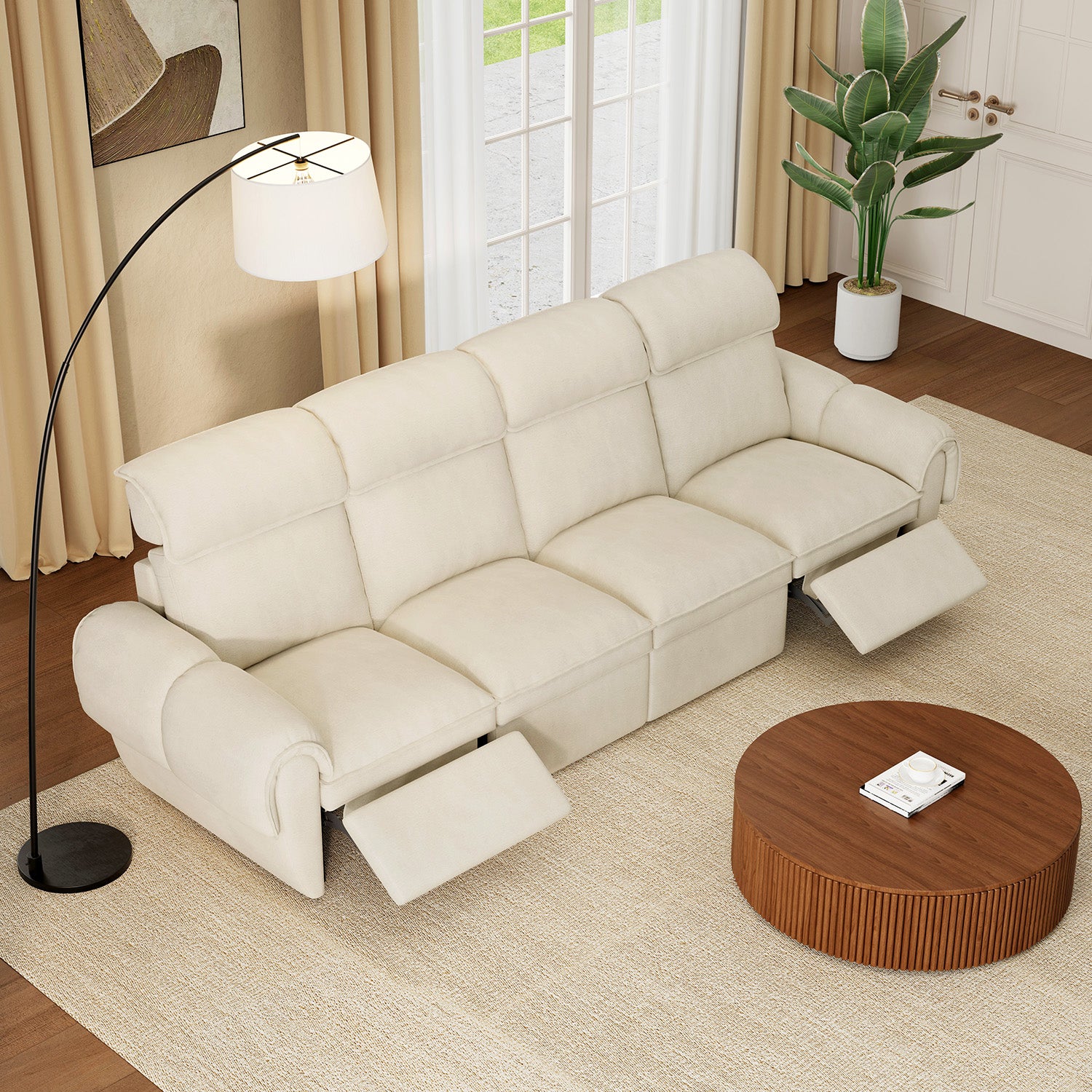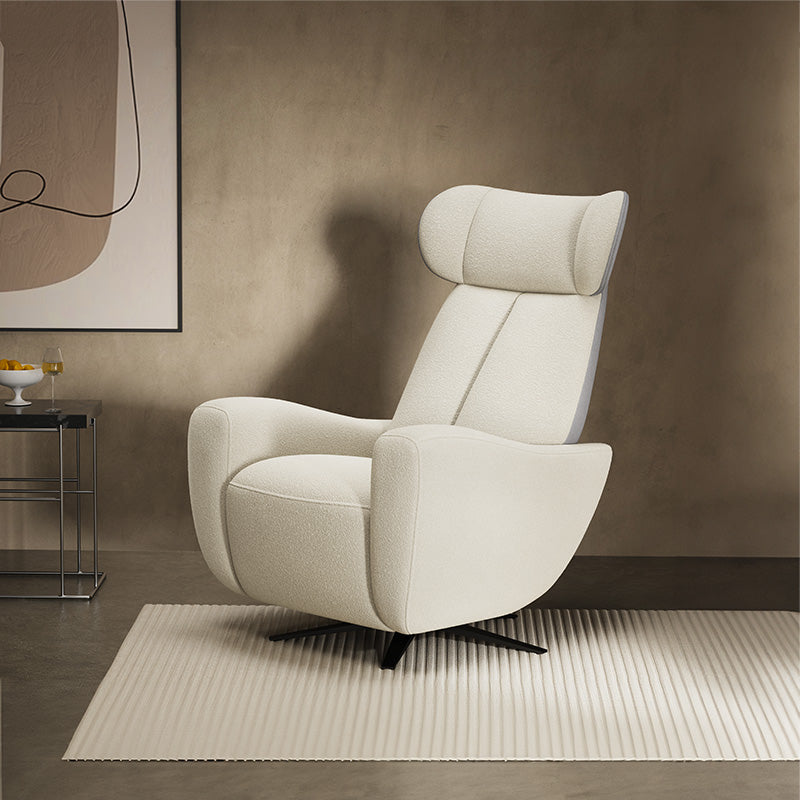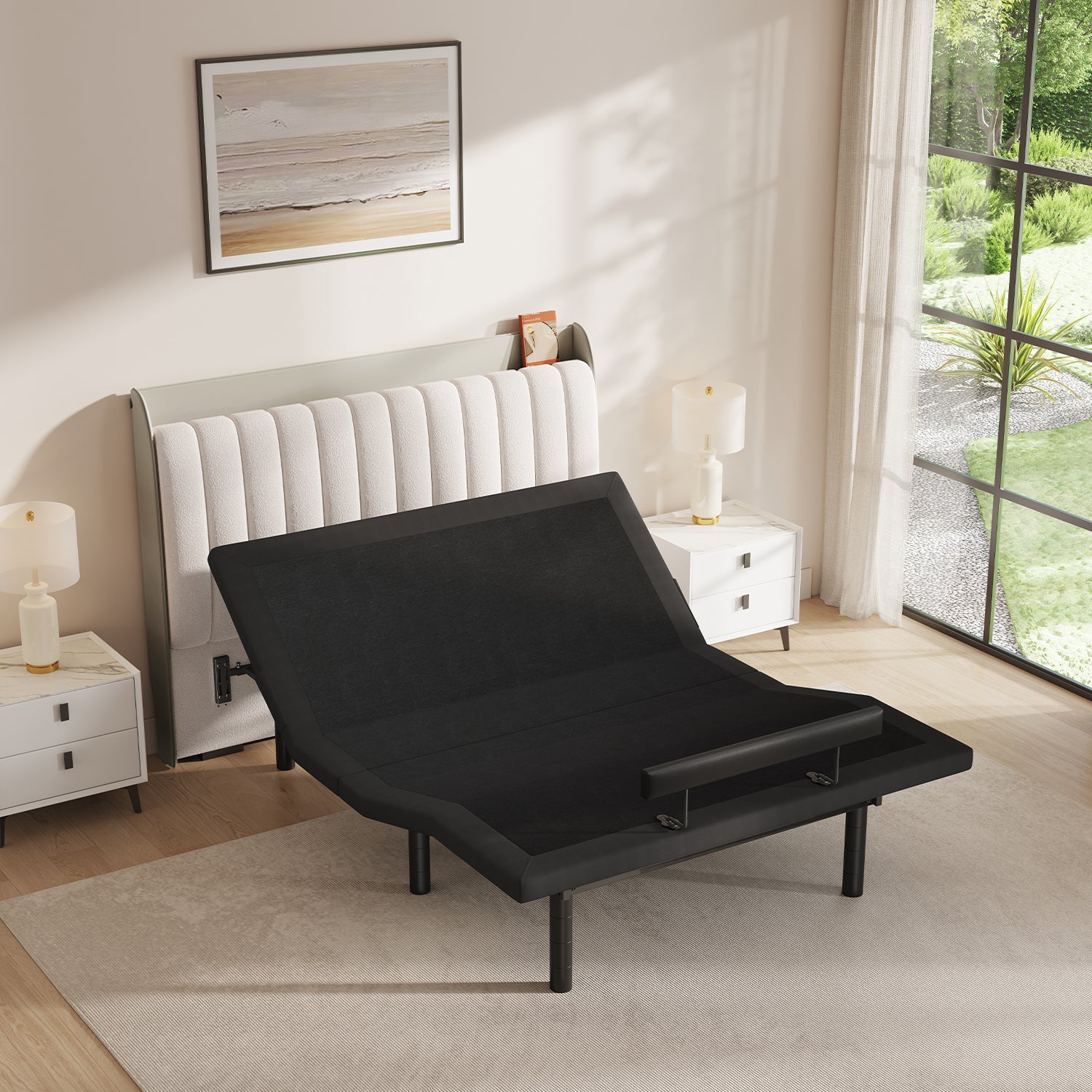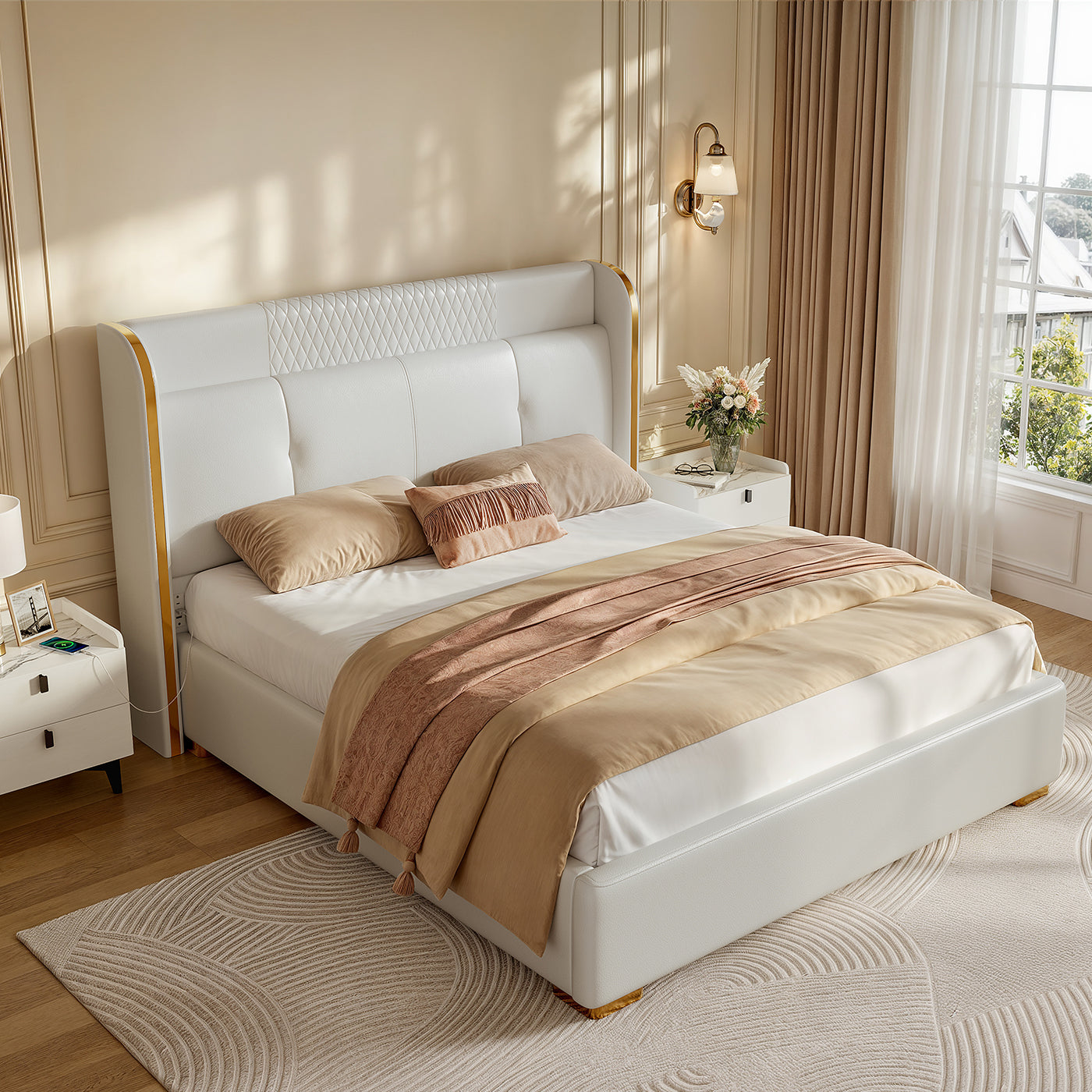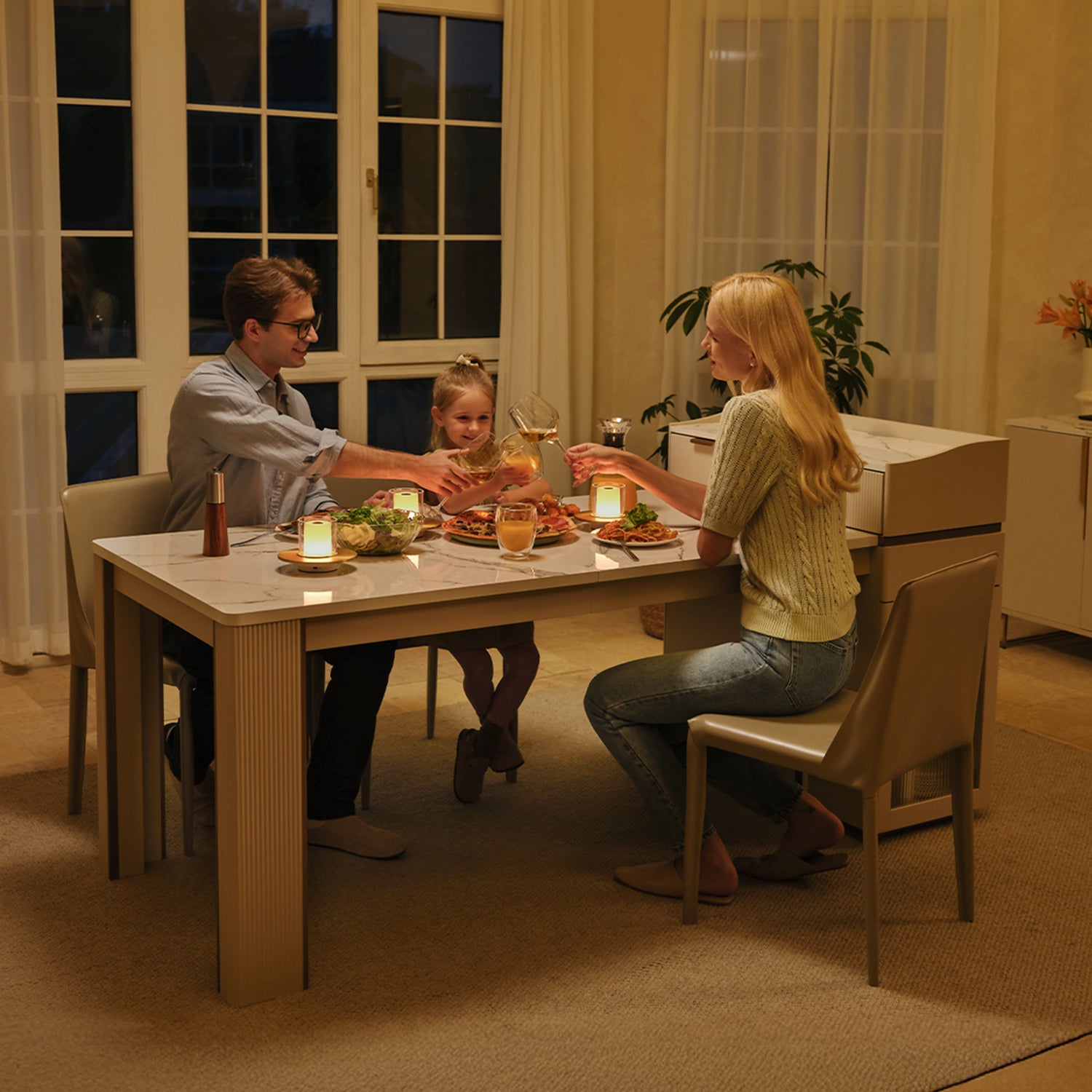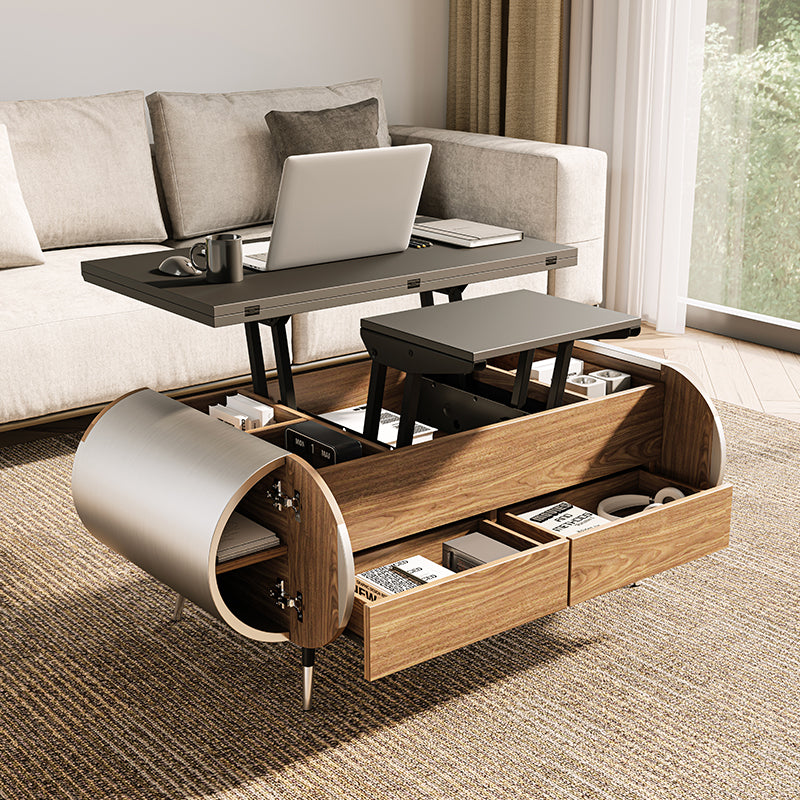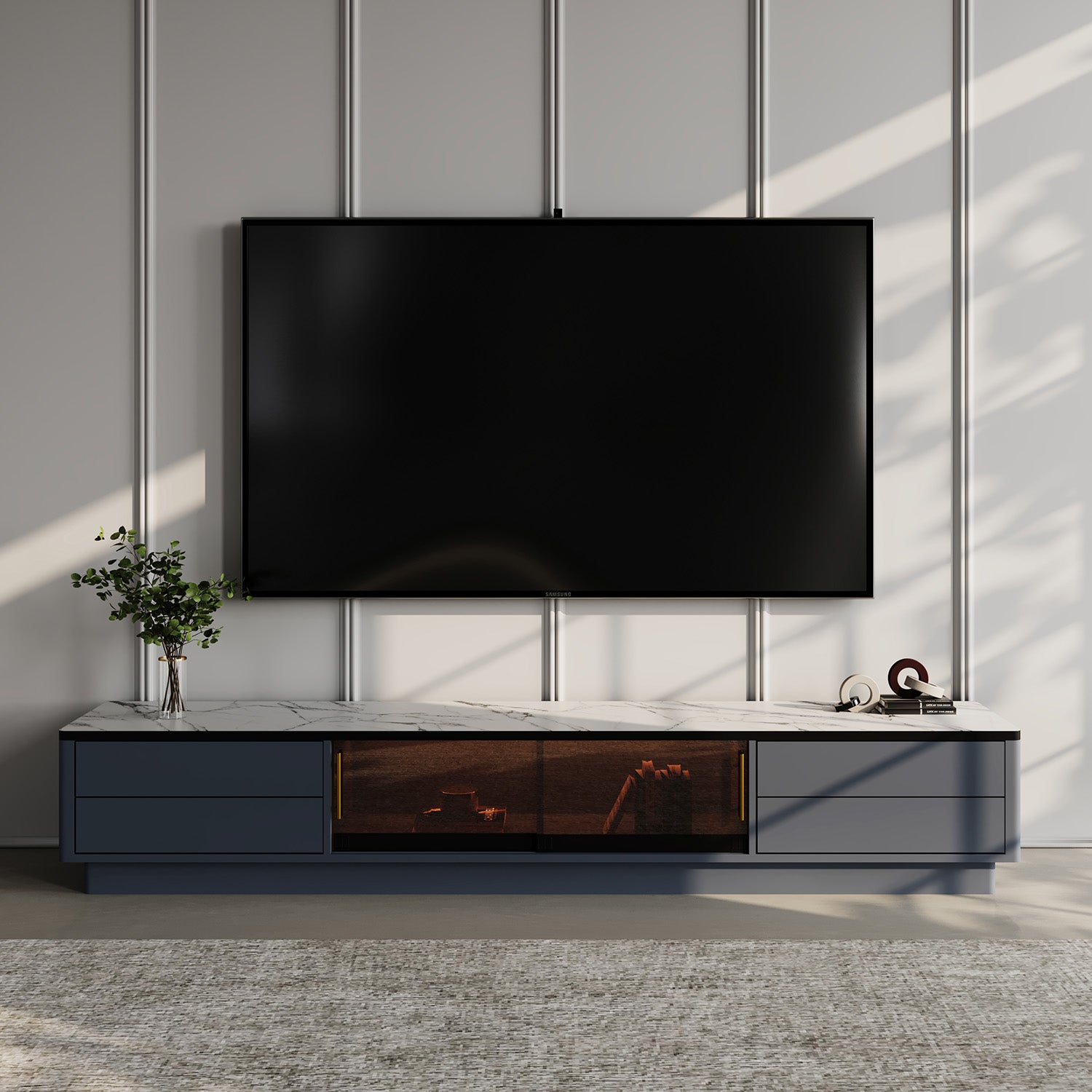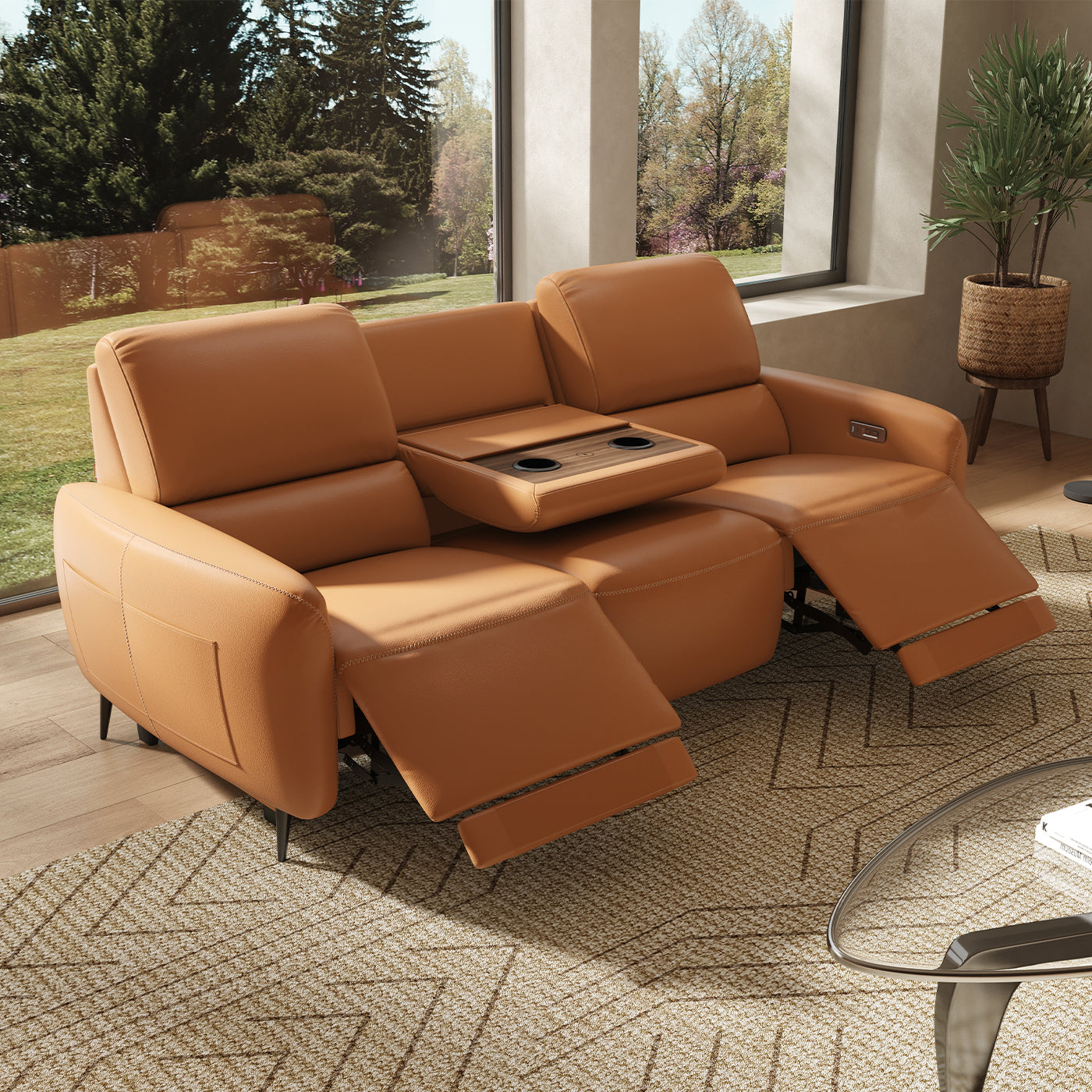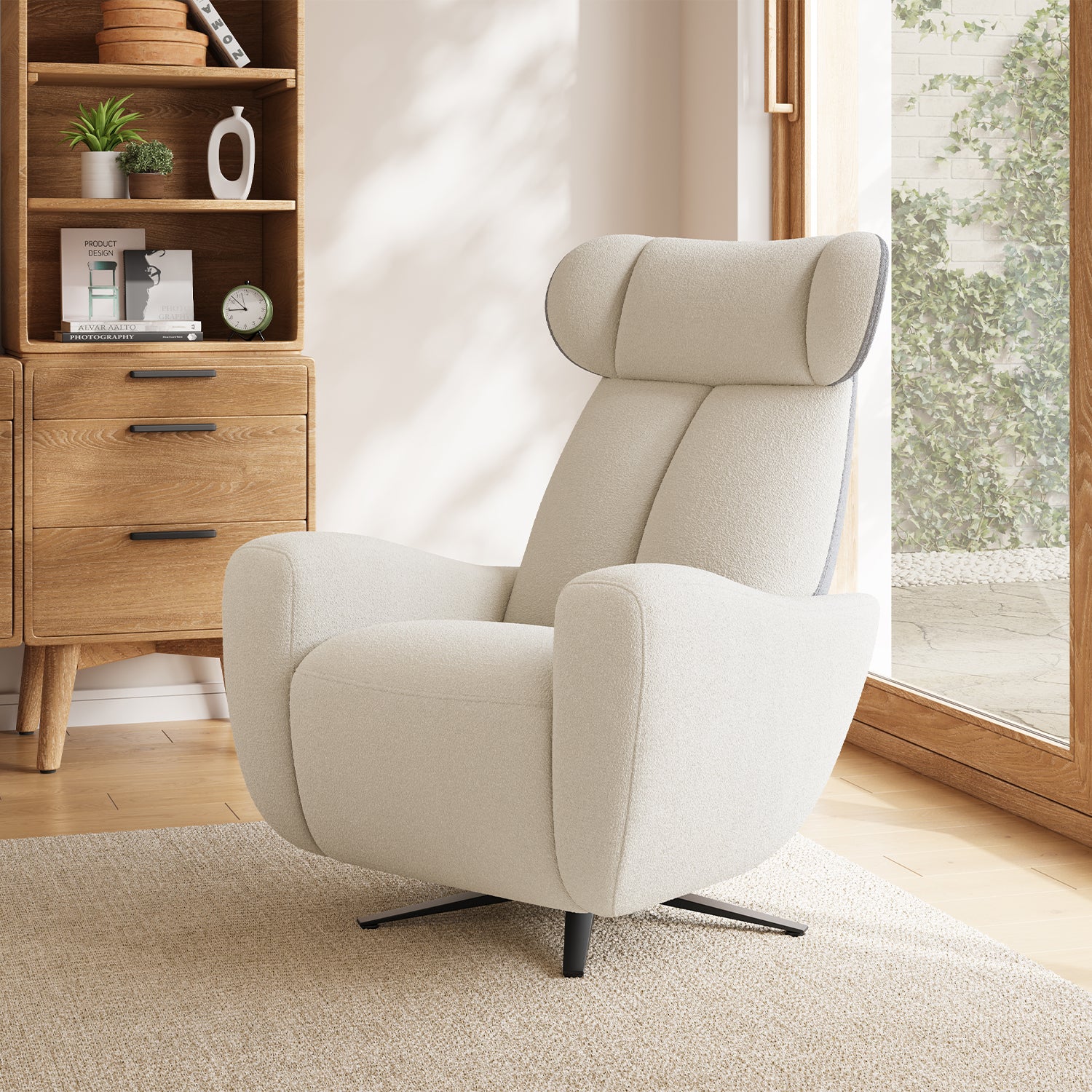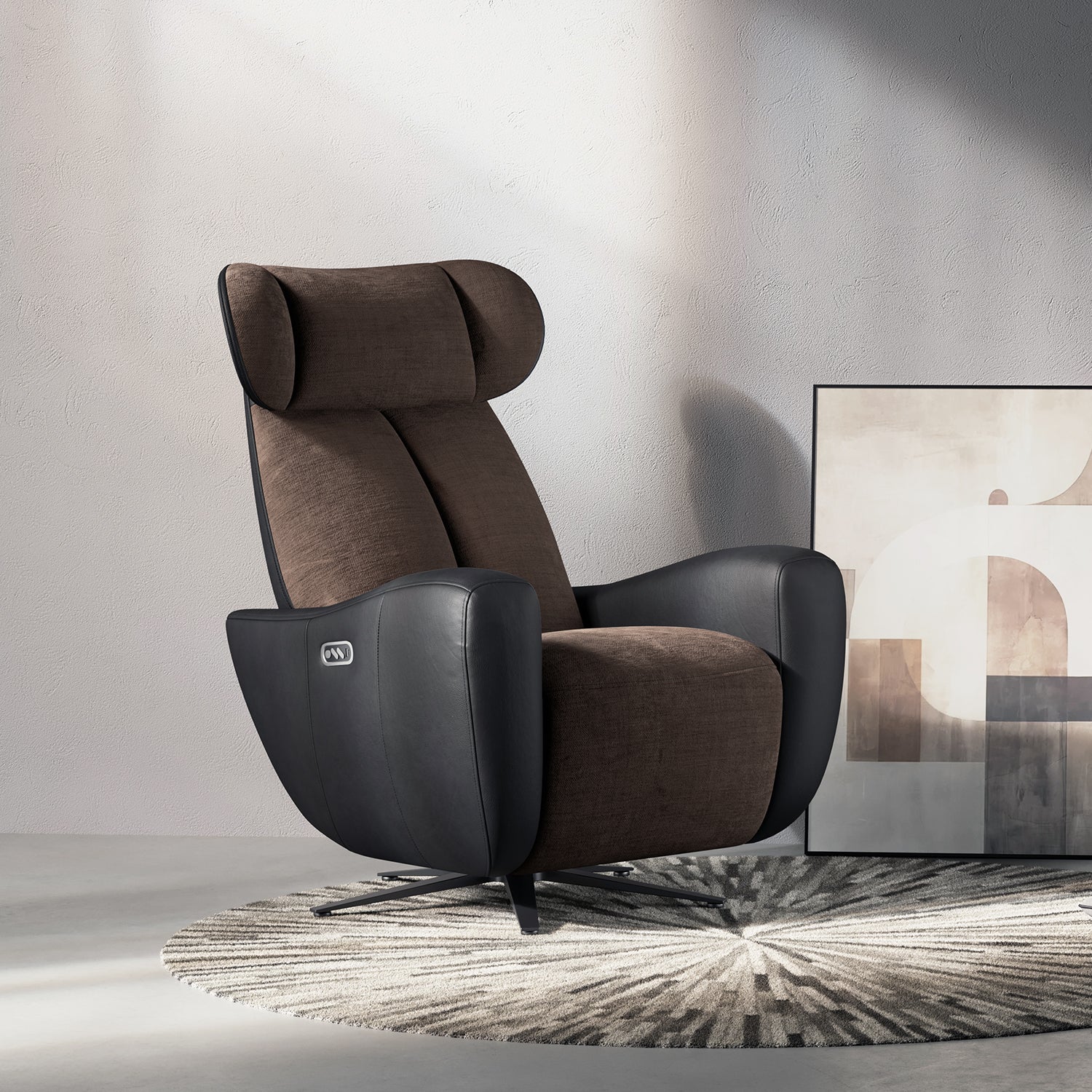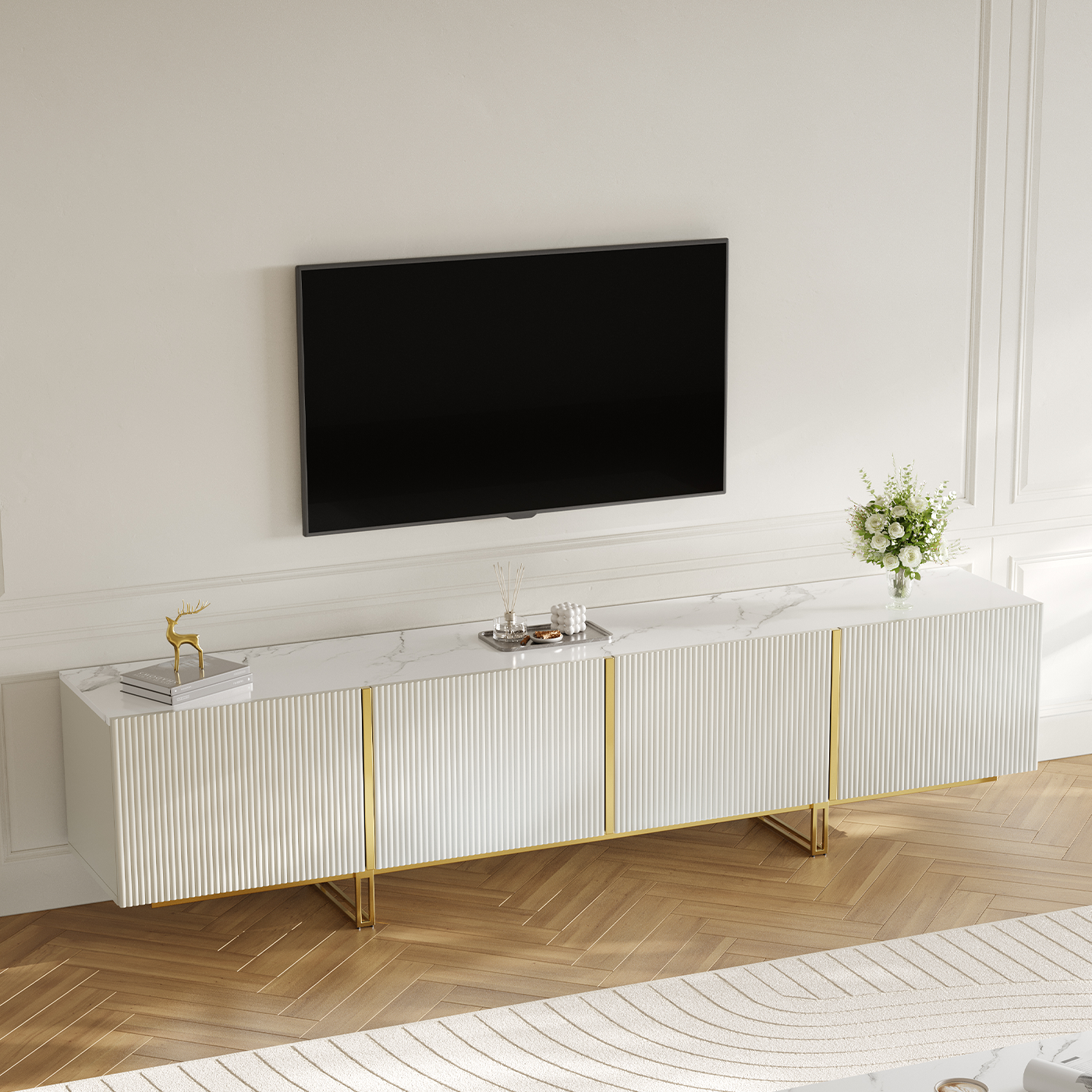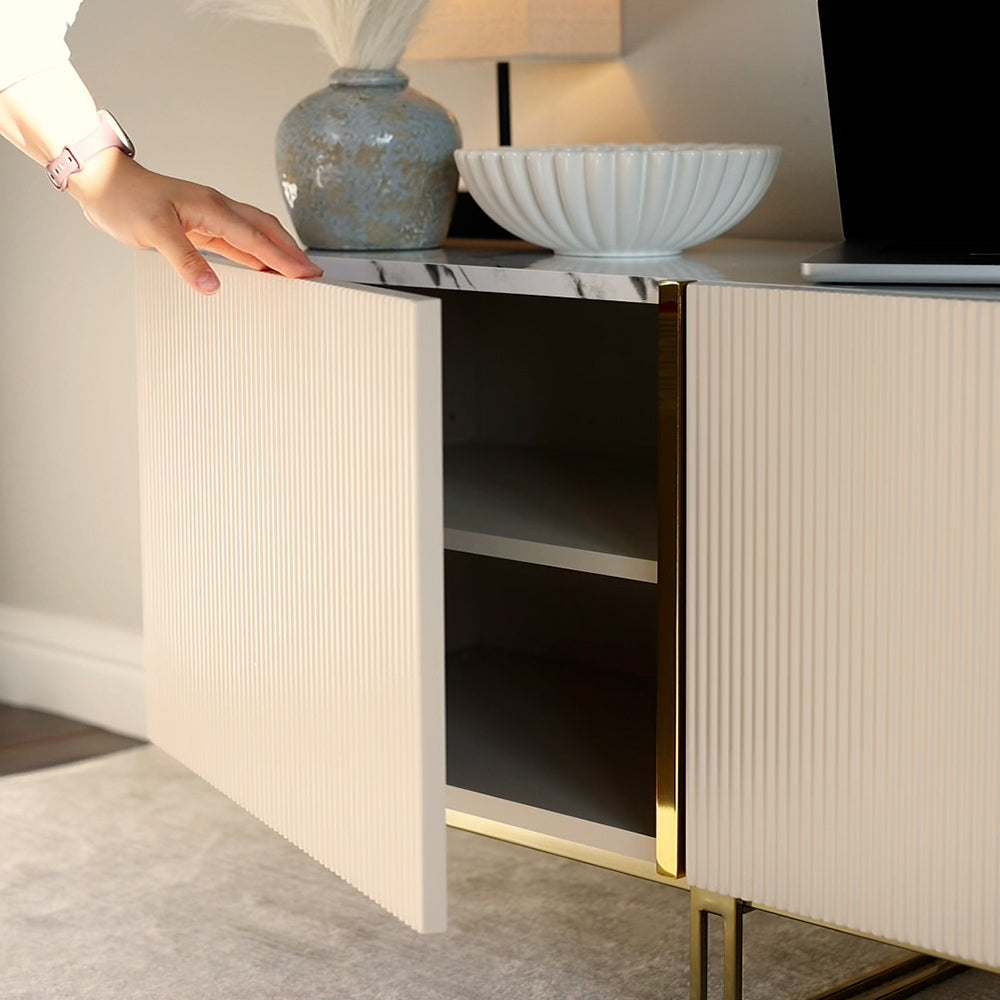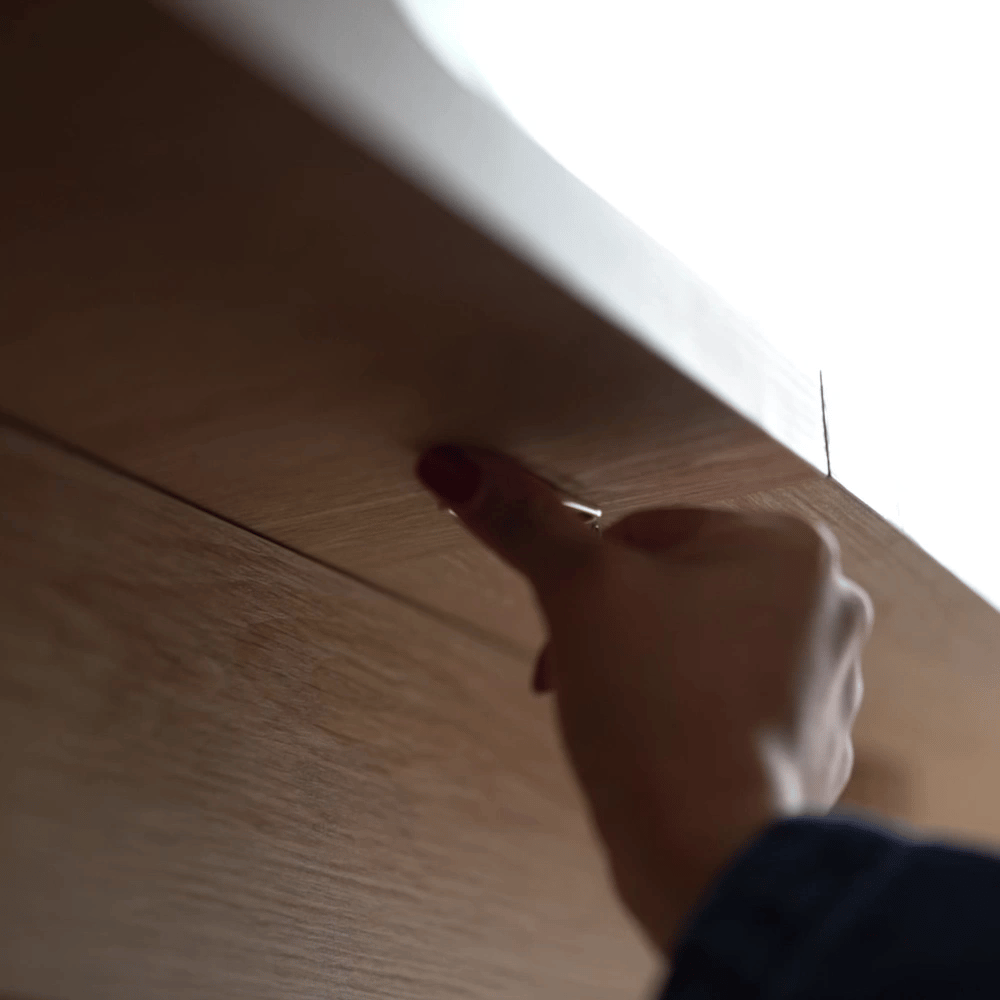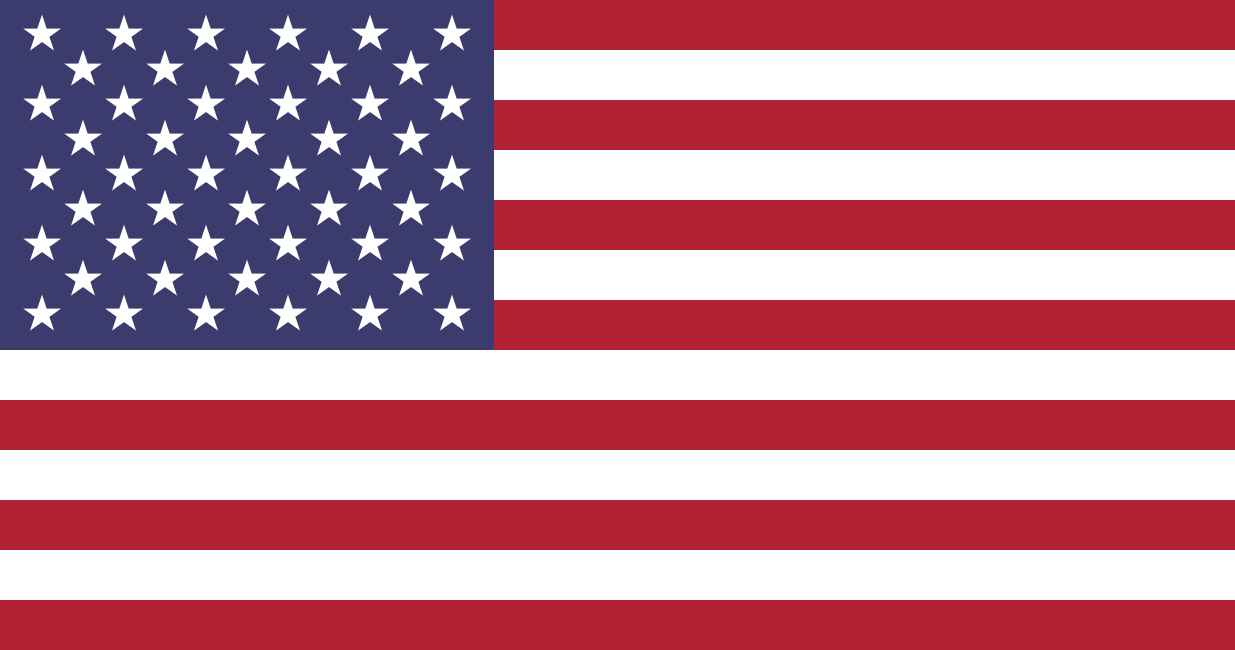The placement of a sofa can significantly impact the look, feel, and functionality of a room. Whether you’re decorating a spacious living room or a compact apartment, finding the ideal location for your sofa is essential to creating a comfortable and aesthetically pleasing space. This guide explores the factors to consider when placing a sofa and provides tips for optimizing its position in your home.
Table of Content
Why Sofa Placement Matters
The sofa is often the centerpiece of a room, influencing its layout, flow, and overall ambiance. Proper placement can:
- Enhance the room’s functionality.
- Promote conversation and social interaction.
- Optimize lighting and views.
- Maintain a balanced aesthetic.
Choosing the right spot for your sofa involves a mix of practicality and design sensibility.
Factors to Consider for Sofa Placement
1. Room Size and Shape
The dimensions of your room play a crucial role in determining where the sofa should go. A large, open-plan living area may allow for more flexibility, while a smaller or irregularly shaped room might require careful planning to ensure the sofa doesn’t overwhelm the space.
2. Focal Point
Identify the room’s focal point, which could be a fireplace, television, large window, or even an accent wall. Position the sofa to emphasize or complement this feature. For example:
Place the sofa facing a fireplace to create a cozy, intimate setting.
Position the sofa opposite or adjacent to a TV for optimal viewing angles.
Orient the sofa to face a large window or scenic view for a relaxing atmosphere.
3. Traffic Flow
Ensure the sofa placement doesn’t obstruct pathways or create awkward navigation. Leave enough space around the sofa for easy movement. A general rule is to maintain at least 3 feet of clearance in high-traffic areas.
4. Lighting
Natural and artificial lighting should be considered when placing your sofa. A spot near a window allows for ample daylight, creating a bright and inviting space. However, avoid positioning the sofa where direct sunlight could fade its fabric or make it uncomfortably warm.
5. Room Functionality
Think about how you use the room. Is it primarily for entertaining, watching TV, or relaxing with a book? The sofa’s placement should support these activities.

Popular Sofa Placement Ideas
1. Against the Wall
Placing a sofa against a wall is a classic option, especially in smaller rooms where saving space is a priority. This arrangement provides ample open floor space and works well when paired with a coffee table and additional seating.
Pro Tip: To add depth and interest, position a console table behind the sofa with decorative items like lamps, books, or vases.
2. Floating in the Room
In larger spaces or open-concept layouts, floating the sofa away from the walls can create a more dynamic arrangement. This placement helps define specific zones, such as separating a living area from a dining space.
Pro Tip: Use an area rug to anchor the sofa and define the seating area visually.
3. Facing a Window
If your room has a stunning view, consider placing the sofa directly opposite or perpendicular to the window. This arrangement allows you to enjoy the scenery while relaxing.
4. Corner Placement
For rooms with limited space, positioning the sofa in a corner maximizes available square footage. This setup works particularly well with sectional sofas, creating a cozy nook.
5. L-Shaped Arrangements
In family rooms or home theaters, arranging two sofas in an L-shape encourages conversation and provides ample seating. Pair this with a central coffee table to create a functional and inviting space.

Tips for Specific Room Types
Living Room
If the living room includes a TV, the sofa should face it at a comfortable viewing distance.
Balance the arrangement by adding armchairs, side tables, and floor lamps.
Small Apartments
Choose a compact sofa that fits the scale of the room.
Position the sofa against a wall or near a window to maximize open space.
Open-Concept Spaces
Use the sofa to create boundaries between different areas, such as separating the living room from the kitchen or dining area.
Enhancing Sofa Placement with Accessories
1. Throw Pillows and Blankets
Decorative pillows and cozy blankets can enhance the sofa's visual appeal and make the seating area more inviting.
2. Side Tables and Coffee Tables
Add functionality with well-placed side tables or a coffee table. Ensure they are within easy reach but don’t block pathways.
3. Wall Art and Lighting
Frame the sofa with artwork or sconces to create a focal point. Floor lamps or table lamps can provide additional lighting for reading or ambiance.
Common Mistakes to Avoid
- Blocking Windows: Don’t position the sofa where it obstructs natural light or access to a window.
- Ignoring Proportions: Ensure the sofa’s size fits the room. An oversized sofa can overwhelm a small space, while a tiny sofa might look lost in a large room.
- Poor Traffic Flow: Avoid placing the sofa in a way that disrupts the room’s natural pathways.
Conclusion
The placement of your sofa can transform the functionality and aesthetic of a room. By considering factors like room size, focal points, traffic flow, and lighting, you can create a layout that is both practical and visually appealing. Whether you choose a traditional wall placement or a bold floating arrangement, the key is to balance comfort, style, and usability. With thoughtful planning, your sofa will not only be a piece of furniture but also a centerpiece that enhances your living space.
If you want to buy our home furniture or couch for living room, you can check out more on our store



